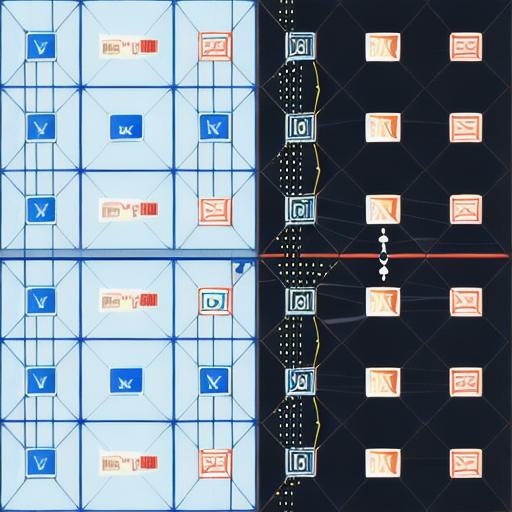Web3 technology is the next big thing, and it has already transformed many industries. If you’re a developer looking to stay ahead of the curve, then this beginner’s guide will help you understand what Web3 technology is and how it can be used to create innovative solutions for businesses and consumers alike.

What is Web3 Technology?
Web3 technology is a decentralized network that allows for secure and transparent communication between applications and users. It is built on blockchain technology, which provides a secure and immutable record of all transactions on the network. This allows for trustless transactions to take place without intermediaries, making it an ideal solution for industries such as finance, supply chain management, and more.
Key Features of Web3 Technology
Decentralization
Web3 technology is decentralized, meaning that there is no central authority controlling the network. Instead, the network is governed by a distributed ledger called a blockchain, which records all transactions on the network. This ensures that there is no single point of failure and that the network remains secure even if one or more nodes are compromised.
Transparency
All transactions on the Web3 network are recorded on the blockchain in an immutable manner. This means that anyone can view the entire history of the network, ensuring transparency and accountability for all participants.
Security
Web3 technology is built on a decentralized network, which makes it more secure than traditional centralized systems. Additionally, the use of cryptography ensures that transactions are encrypted and cannot be tampered with.
Smart Contracts
Smart contracts are self-executing contracts that automatically execute when certain conditions are met. They can be used to automate a wide range of business processes, from supply chain management to finance, making them a key feature of Web3 technology.
Real-Life Examples of Web3 Technology in Action
Cryptocurrencies
The most well-known example of Web3 technology is cryptocurrencies such as Bitcoin and Ethereum. These digital currencies allow for secure, transparent, and decentralized transactions without intermediaries.
Supply Chain Management
Web3 technology can be used to track the movement of goods from source to destination, ensuring transparency and accountability in supply chain management. This can help reduce fraud and increase efficiency in logistics.
Financial Services
Web3 technology can be used to create innovative financial products such as decentralized exchanges and crowdfunding platforms. These platforms allow for trustless transactions and eliminate the need for intermediaries, making it easier and cheaper for businesses to access funding.
The Future of Web3 Technology
Web3 technology is still in its early stages, but it has already transformed many industries and will continue to do so in the future. As more people and businesses adopt this technology, we can expect to see even more innovative solutions emerge.
FAQs
What is Web3 technology?
Web3 technology is a decentralized network that allows for secure and transparent communication between applications and users. It is built on blockchain technology, which provides a secure and immutable record of all transactions on the network.
Is Web3 technology secure?
Yes, Web3 technology is built on a decentralized network, which makes it more secure than traditional centralized systems. Additionally, the use of cryptography ensures that transactions are encrypted and cannot be tampered with.

Can I invest in Web3 technology?
Yes, there are many ways to invest in Web3 technology, including through cryptocurrencies, decentralized exchanges, and crowdfunding platforms. However, it’s important to do your research and only invest what you can afford to lose.
What industries is Web3 technology best suited for?
Web3 technology is well-suited for any industry that requires secure and transparent communication between applications and users. This includes finance, supply chain management, healthcare, and more.
